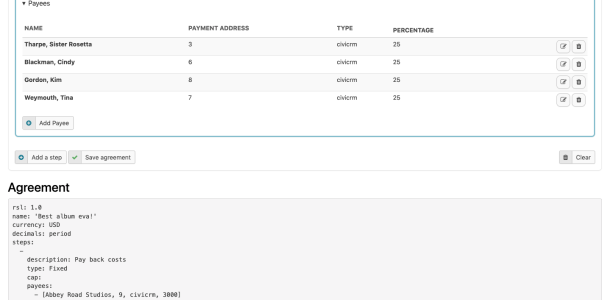
Open Video refers to the open source tools, media or processes that help make digital video production, distribution and access more universal.
Open tools
Tools such as FFMPG have long underpinned many recording, transcoding and streaming video & audio applications, while the Academy Software Foundation (ASWF) emerged to support industry frameworks such as Pixar’s OpenTimeline and OpenColour. These join an ever-growing suite of open editors and utilities, like kdenlive, Olive, Shotcut, Kit Scenarist, Wonder Unit’s Storyboarder, and Blender. There’s also open Digital Asset Managers like ResourceSpace and Phrasanet.
Open media
Open source video includes public domain videos – whose copyright has expired or been lifted, and works actively licensed under a number of Creative Commons licenses. Archive.org lists 7.1 million public domain videos, including many early Hollywood classics, while there are over 8.8 million Creative Commons videos on Vimeo, a growing number on Flickr, and Wikimedia Commons, – and many more on YouTube — as well as specialist libraries and archives including OpenImages, Pond5, Europeana, Pexels, Pixabay and VideVo.
Open data & architecture
Until Apple ditched Adobe’s proprietary Flash Player from the iPhone in 2010, there was a push for open video coadecs, such as Ogg and WebM, and later WebRTC and SRT for streaming. The Participatory Culture Foundation created a decentralised architecture with Broadcast Machine and Miro Player separating video host and playback – but centralised services dominated. In 2017 PeerTube launched offering federated hosting & playback, enabling smaller spaces to moderate and curate.
Monetising Open Video Architecture
We’re delighted to have been awarded a flagship level Grant for the Web award to explore how Web Monetization can support Open Video architecture.

What is ecologically responsible online video?
Depending who you ask – video online is responsible for more carbon-emissions than air travel; 80% of the entire web’s footprint and set to reach 8% of the world’s carbon emissions within a decade. The sad truth is that watching a DVD or going to the cinema in many cases has a lower carbon, energy and water footprint than streaming. Responsible filmmakers can no longer solely focus on the embdeded impact associated with production (as tracked by organisations like Albert and research like Screen New Deal), but on the escalating impact of their work being successful.


